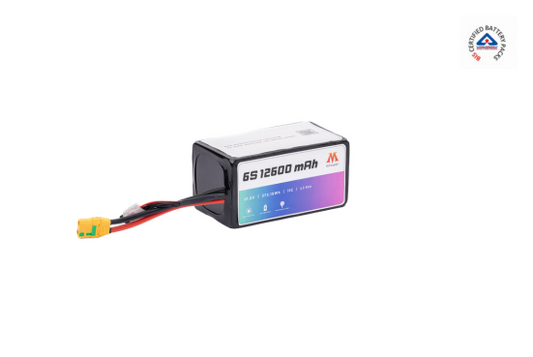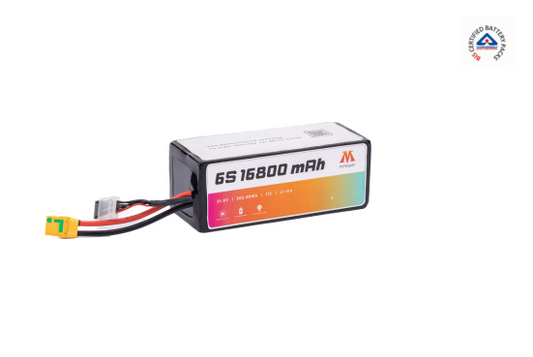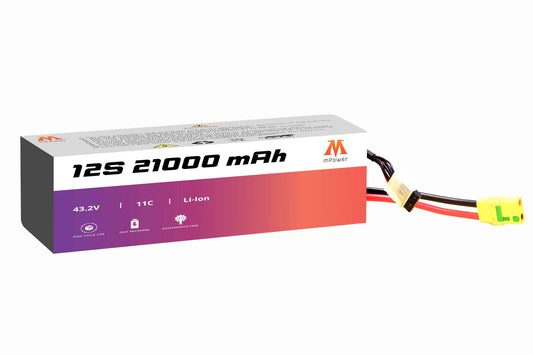Every year, there is continuous advancement in technology, including drone technology. The advancement in drone technology aids in various ways, such as monitoring public space, sanitizing any area, agricultural spraying, etc.
The Government of India has also come forward to promote the technology and conducted several initiatives after 2020, offering room to grow. In this blog, we will discover the initiatives which provide the drone revolution in India.
SVAMITVA
This was launched on 24 April 2020 with the collaborative effort of the State Panchayati Raj Department, Ministry of Panchayati Raj, Survey of India, and State Revenue Departments. This scheme aims to map 6 lakh villages using drone technology between 2020-2024 in a phase-wise manner. It provides property validation in dense rural areas, resolving conflict on property rights and streamlining planning and revenue collection.
SVAMITVA scheme can help the government for better-quality Gram Panchayat Development Plans (GPDPs), such as economic development and social justice. Furthermore, this scheme has tackled the long-reigning property ownership crisis, as half a million people get their property cards within less than a year. This scheme is currently being implemented in six states: Madhya Pradesh, Haryana, Maharashtra, Uttarakhand, Karnataka, and Uttar Pradesh.
Drone Mahotsav 2022
It was one of the biggest drone festivals held in New Delhi by the Prime Minister of India. Drone Mahotsav 2022 was a two-day event, and more than 1600 delegates participated, consisting of government officials, private drone companies, drone startups, foreign diplomats, police forces, armed forces, etc.
This event promotes drone technology and its impact on our lives, such as good governance and ease of living. Drone technology can become a common part of people's lives in future, as it can be used in a wide range of areas, such as agriculture, healthcare, disaster management, film, and tourism. Moreover, this can be one of the major sources of employment in the future.
Drone technology can help farmers with agricultural work, replacing the traditional way for better yield production. This scheme was one of the biggest promoters of drone technology and its application across India.
Production-Linked Incentive (PLI)
The PLI scheme was launched in March 2020 under "Atma Nirbhar Bharat" to scale the manufacturing capability of India. Initially, there were three industries: electrical components, mobile and allied manufacturing, and medical device manufacturing. Later, the government of India added 14 industries, including drone industries.
This scheme was focused on improving domestic manufacturing capabilities and employment generation. GOI started providing incentives if companies manufacture in India; however, incentives will be provided on their performance, sales, and local value addition.
This scheme encourages local companies to set up and expand, as well as foreign companies to invite their manufacturing unit. The government of India allocated INR 120 cr for the drone industry for the next three years, and it is expected more than INR 5,000 cr fresh investment in this industry and incremental production of over 1,500 cr.
This scheme can create more than 10,000 jobs in future. This scheme can reduce imports, as 90% of drones are imported into India currently.
Drone Rules 2021
The Ministry of Civil Aviation has presented the Draft Done Rules 2021, which replaced the existing rule, creating a digital sky platform. It minimizes human interference, and most permission will be self-generated.
The rule has ensured that there is no need for various approvals, such as student remote pilot license, operator permit, certificate of maintenance, import clearance, operator permit, certificate of conformance, and authorization of R&D organization. For this, one needs to pay a nominal fee, irrespective of drone size.
The Government of India will create a Digital Sky Platform, which will have an interactive airspace map divided into three different zones: green, yellow and red zones. This platform can help drone technology scale in the country, as one can get permission digitally and manage their drone.
This draft rule has also reduced the airport parameter from 45 km to 12 km, and one doesn't need to have flight permission to fly up to 400 feet in the green zone and up to 200 feet in an area between 8 and 12 km from the airport parameter.
No pilot license is required to handle micro drones for non-commercial use, R & D organization. Apart from this, Drone Rules 2021 focused on safety features, more drone coverage, and the development of drone corridors.
Hara Bhara Project
This is a collaborative effort between Marut Drones, a private drone manufacturer, and the Telangana government to restore the green cover using drone technology. Marut Drones is a Hyderabad-based startup which will plant 50 lakh trees in 33 districts of Telangana using seed copter drones. The drone is loaded with seed pods, which will fire it in 12,000 hectares of forest area. This can exponentially increase the popularity of drone technology.
The Bottom Line!
In the past few years, the Government of India has started various initiatives, revolutionizing drone technology in India. With the advancement of drone technology, the need for the longest lasting drone battery is essential. If you are looking for drone lithium battery manufacturers, mPower is here to help. We provide a wide range of batteries, catering to your needs.












